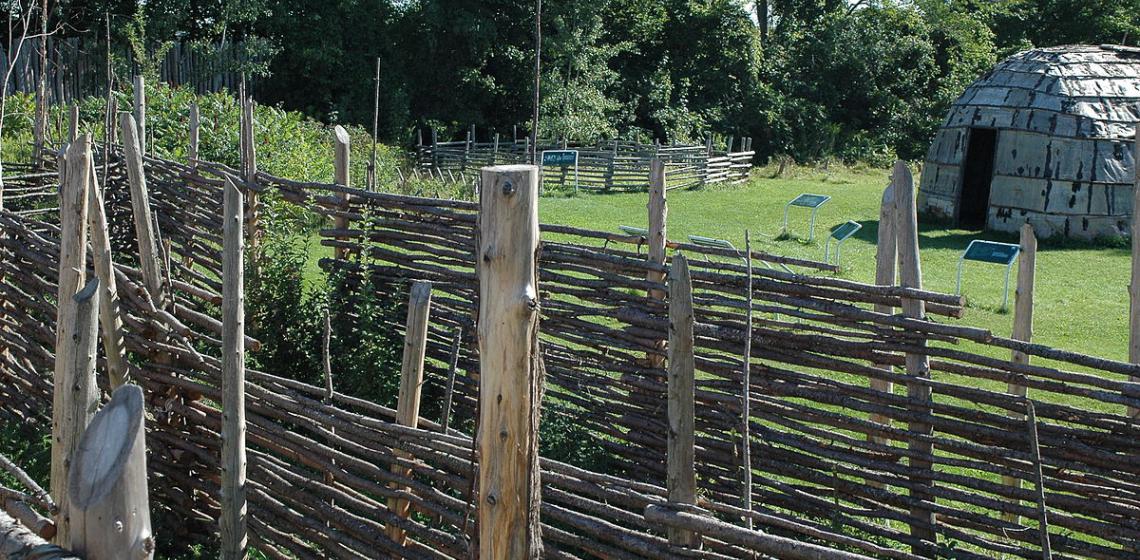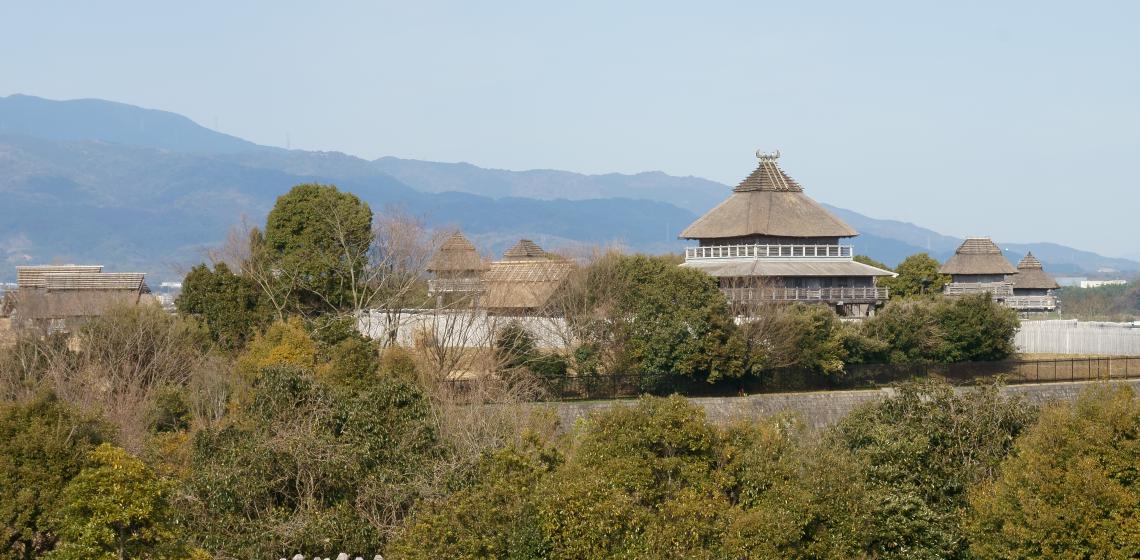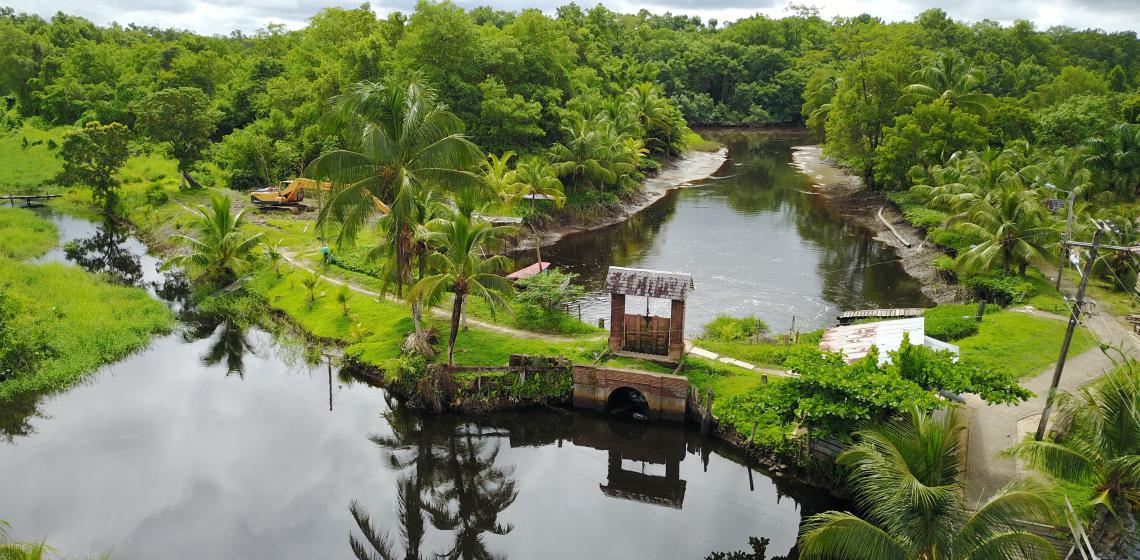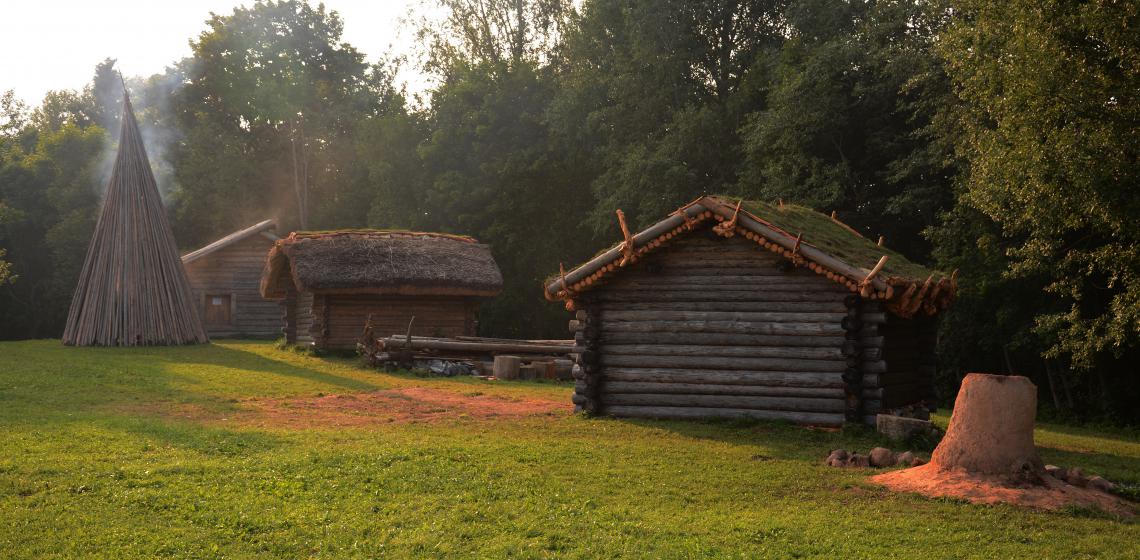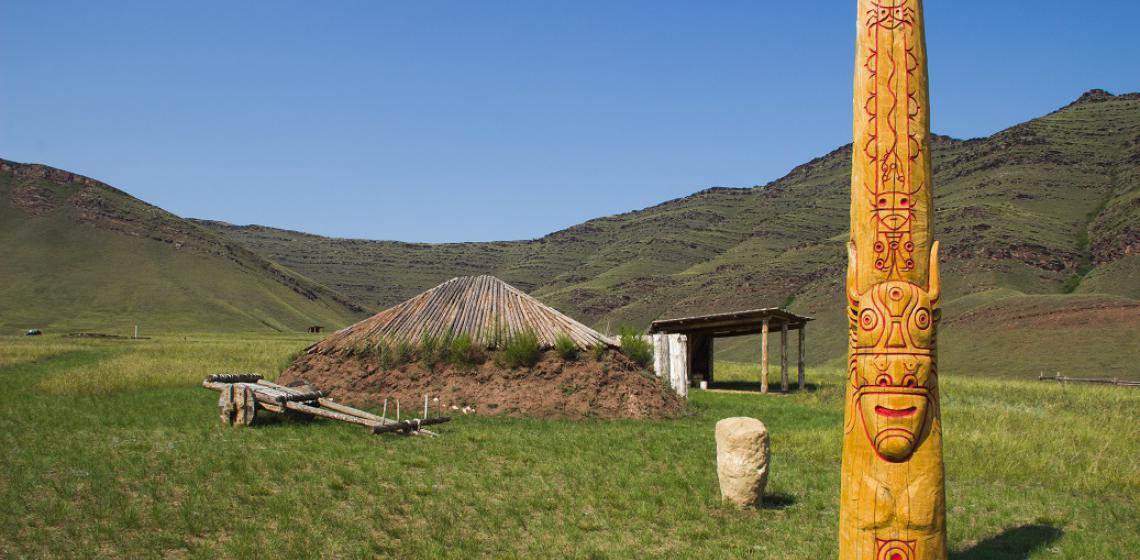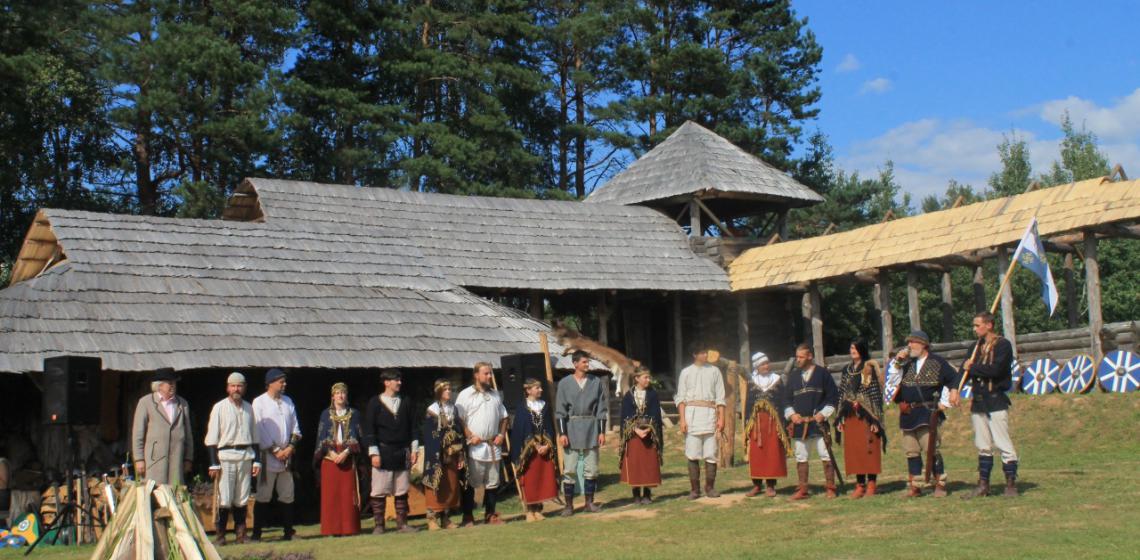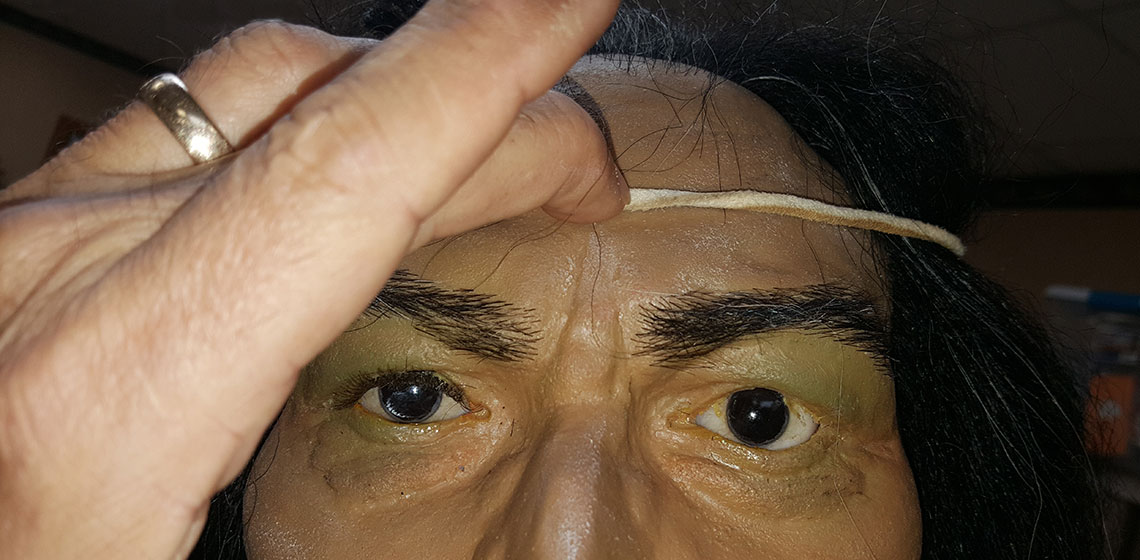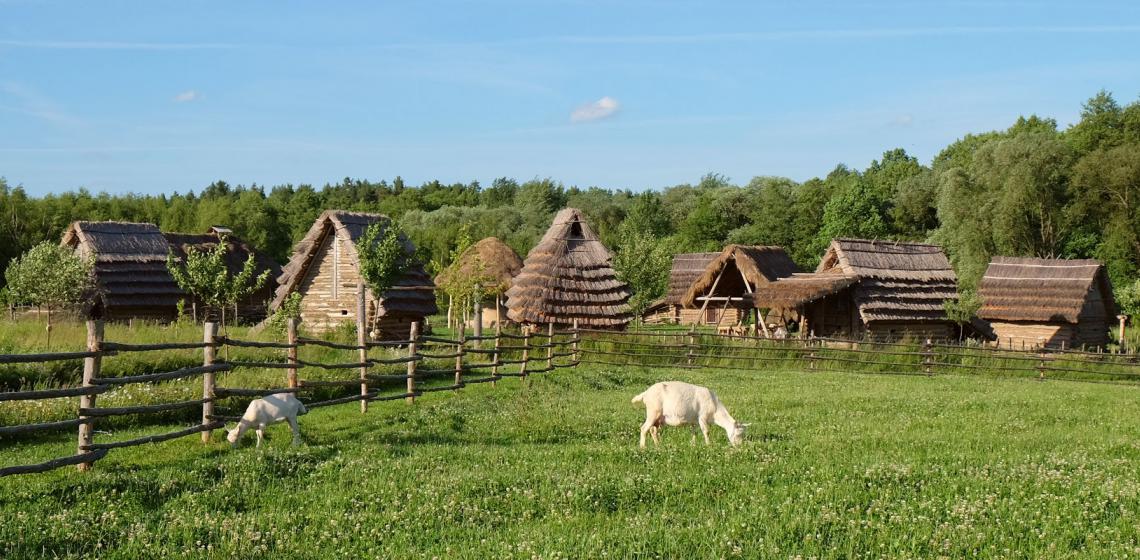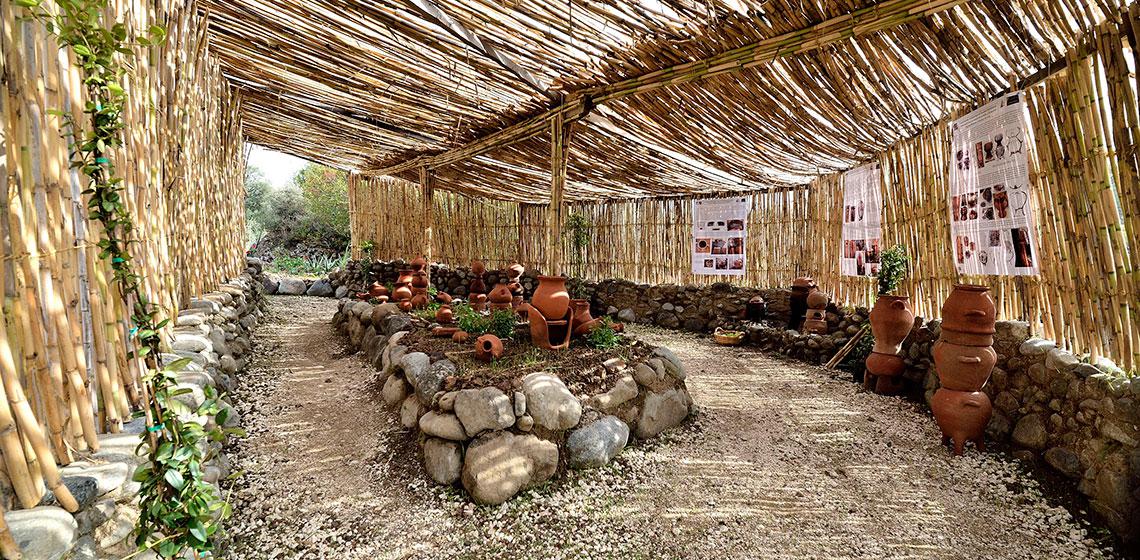Museum of Ontario Archaeology (CA)
Situated beside the museum on a flat plateau overlooking the Medway River and Snake Creek is the 500-year-old Neutral Iroquois Village site. The Lawson Archaeological Site may have housed upwards of 2000 people at the height of its occupancy.
Ancestral communities selected this location for its defensible characteristics, access to water, and proximity to a wide variety of animals, fish and wild plants. The site is five acres in size. Three-quarters of the Lawson site remains covered by trees and is undisturbed by previous farming or archaeological digs.

